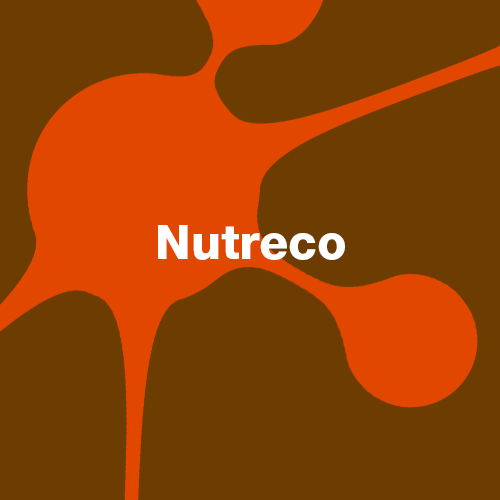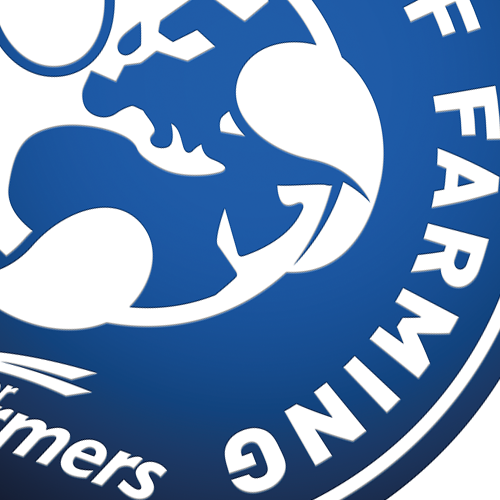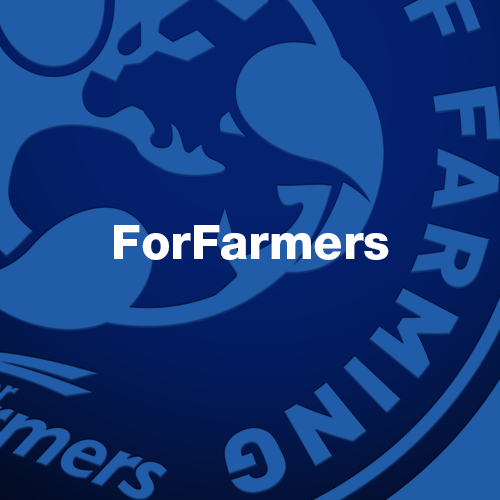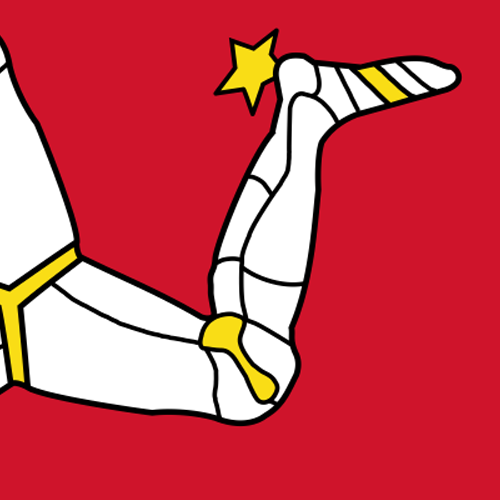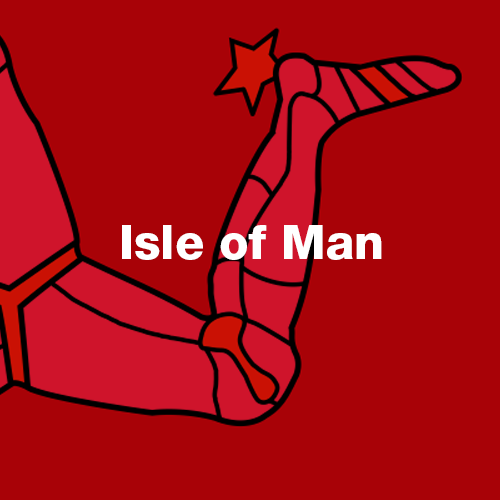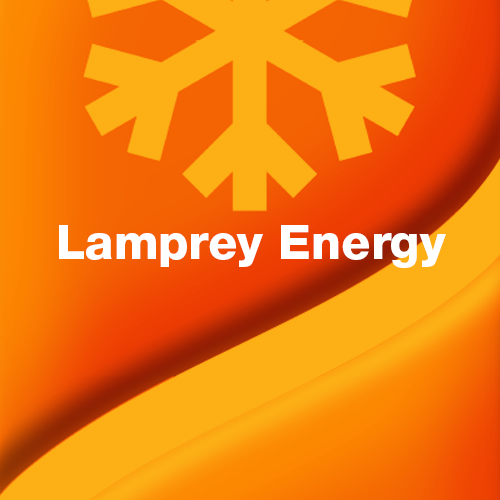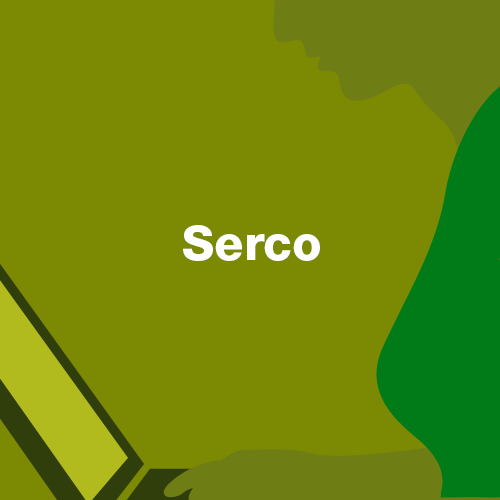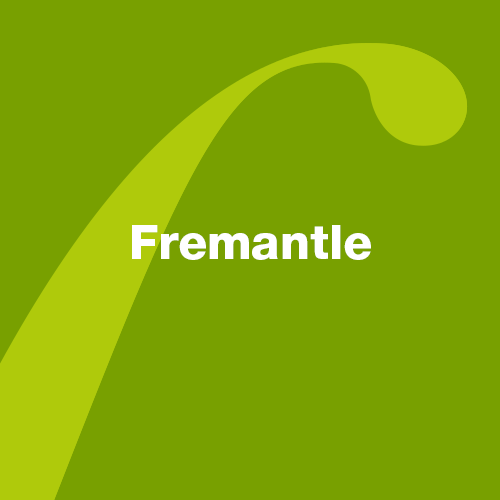
Building Societies are facing a number of challenges but ‘Vive la difference’ and it may be their finest hour
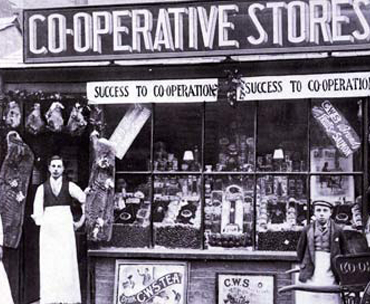
An ever-stricter regulatory climate; low interest rates; spiralling house prices; unrelenting technological advance and a divided society may appear to constitute a highly challenging environment for building societies. However, this scenario may provide just the right environment for them to strengthen their own position within the financial landscape.
Brands need to adopt a clear positioning to make them stand out, which is why today there is a resurgence of ‘brands with soul’. These are brands that know what makes them special and reflect this in their behaviour and communications.
For too long the prevailing ethos appeared to be ‘me too’ – brands striving for parity and appealing to everyone. And the obvious danger of trying to appeal to everyone is that you can end up not really appealing to anyone.
The Co-op is a good example. Founded by the Rochdale Pioneers in 1844, the inspiration behind The Co-op was the desire for a better social order. Taking an ethical stance based on the principles of fairness and equality, with high quality products for all, it had a clear point of difference.
However, the problem for The Co-op was that it had drifted away from its ‘soul’ and was floundering around trying to be a ‘me too’ grocery multiple and a ‘me too’ bank – battles it was never going to win. Rocked by scandal and forced to sell off its banking arm, it announced a return to its roots, replacing glitzy advertising with a campaign focused on community. The bank has made a similar move back to its foundation with its ‘It’s good to be different’ campaign’.
This is good news. The Co-op is different. It has a strong philosophy and its failure to focus on this simply made it appear muddled and a poor second best.
As mutuals, building societies have clear parallels with The Co-op and many might argue that they have been demonstrating the same ‘me too’ behaviour within the financial sector. Post the financial crisis of 2008-9, that was understandable but the marketplace has moved on. Yet the question remains – do consumers really know what mutuals are and what benefits they offer, or do they see them simply as ‘banks’? Competing with banks on their own terms is unlikely ever to be advantageous for building societies, not least because of their size. However, with building societies currently largely outperforming banks in the ‘trust’ stakes, now would seem a good time to capitalise on this and clearly express what they stand for, why they are different and what the advantages are to Joe or Joan Blogs.
One issue facing many building societies today is the lack of uniformity in their target consumers Younger customers often have very different behavioural traits from older age groups when it comes to interacting with their financial services suppliers, not least in their preference for new technologies. Yet, to be sustainable, building societies must attract this segment.
This is why identifying the true soul of your brand is critical. It is the key trait that is the foundation of your brand – a big enough idea to encompass the needs of all your different target segments.
So how does a building society define what makes it unique? How does it find its soul? Differentiating itself from a bank is the first step but that alone is not enough, as it must communicate what makes it stand out from its peer group.
Building a brand with soul
The first step to building a brand with soul is to understand an organisation’s whole operating arena. Typically, we would conduct a 360° research programme to understand key perceptions:
- Customer – segmentation; needs and motivations; how to inspire loyalty?
- Brand strengths and weaknesses – what to accentuate and what to minimise?
- Competition – strengths and weaknesses?
- Trends – development and lessons to be learnt?
Working with the Isle of Man Government, we tackled this very issue. We developed an overarching brand proposition for the whole island and then applied it to each of the component segments – trade and export; tourism; citizenship and inward investment.
Our solution was the introduction of the line ‘Freedom to flourish’, which expresses the special quality of the island – utterly safe but very much part of the twenty first century. A place where everyone can pursue their dreams whatever they might be, securely.
Practical solutions
A brand is more than a definition, it must be of practical use, not lying idle at the back of the shelf gathering dust. It should be the very heart of your organisation, known and understood by everyone, driving all action.
Internal communication plays a vital role in building brand strength and the most cost-effective method of getting buy-in is to involve staff from the outset. That’s why we have developed a staffengagement programme, ‘Let’s talk to Bob’. Specifically designed to encourage interaction with staff throughout the process, it ensures that staff fully understand, endorse and champion any brand or branding changes.
The development of marketing and communications tools completes any brand building project.
A suite of materials, employing key motivating messages in formats appropriate for each segment,
is developed to communicate and reinforce the newly articulated brand at every stage.
Building societies with their foundation in the community, mutual status and generally smaller size, do offer a different way of doing business. With changes in the way consumers are interacting with brands, now is the right time for them to put their heads proudly above the parapet and claim their own, unique space.

